In the world of pianos, the name Seiler resonates with a rich heritage, distinguished craftsmanship, and a legacy that intertwines with the evolution of piano making. Founded in 1849 by Eduard Seiler in Liegnitz, Silesia (now part of Poland). Seiler Pianos swiftly established themselves as a benchmark for quality and innovation in the piano industry.
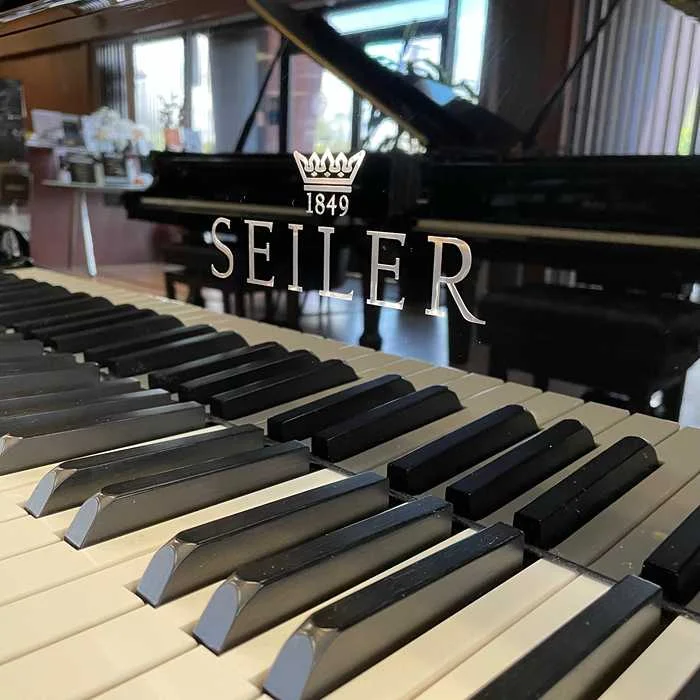
The Origins and Growth of Seiler
Eduard Seiler’s vision was to create instruments that deliver unparallelled musical expression. This vision was the cornerstone of Seiler’s brand philosophy. The early years of Seiler witnessed meticulous craftsmanship and a deep understanding of acoustic principles. Which contributed to the brand’s burgeoning reputation.
In 1868, Paul, the founder’s eldest son, joined the family business. A third son, Johannes, joined after six years. After the founder’s death in 1875, the management of the company was taken over by his wife, Hedwig Seiler, née Seicher. When in 1895, Hedwig Seiler resigned from the management of the company and her eight children (Johannes, Eduard, Josef, Franz, Marie , Anna, Elisabeth and Helene) converted the company into a partnership and renamed the company Ed. Seiler Pianoforte-Fabrik GmbH.
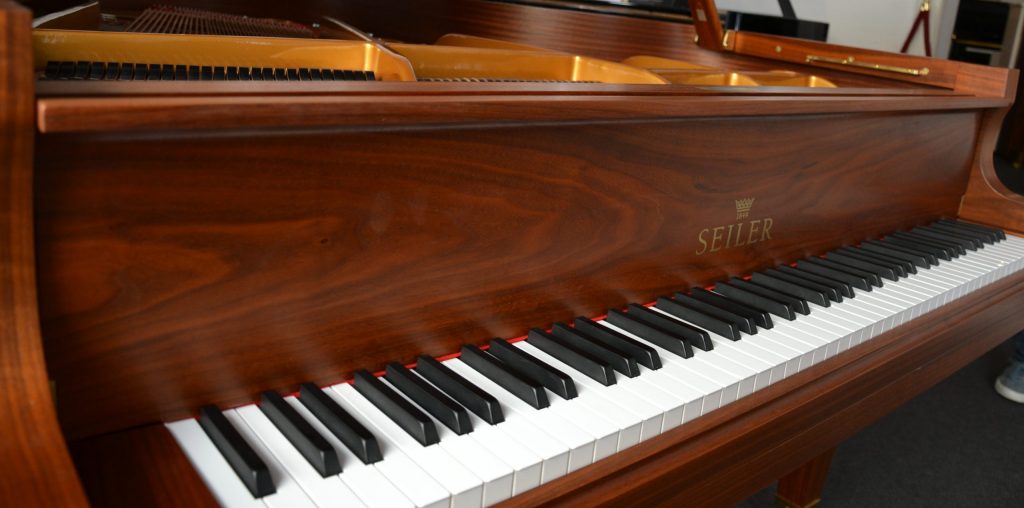
Cooperation with Samick
As the decades passed, Seiler Pianos flourished, with the brand becoming synonymous with excellence. The turn of the 20th century marked a golden era for Seiler. As the pianos were celebrated for their rich tonal quality and precision engineering. In 1928, Seiler recorded its highest annual turnover since its foundation. After the end of the Second World War, the plant in Legnica lost its production equipment and its headquarters. In 1945, however, it managed to preserve the cast iron models and construction drawings. This made it possible to resume the production of pianos first in Denmark and, from 1961, in Kitzingen, Germany, according to the original Legnica design. In 2008, Seiler was sold to the South Korean corporation Samick. The company emphasises that instruments of the ‘Seiler made in Germany’ line will still be produced separately.
In 1947, piano production was restarted on the site of the former Seiler factory, but under new brands – Legnica and Th.Betting. Both former Seiler factory specialists and graduates of the Technical School of Piano Construction in Kalisz were employed there. In 1990, an attempt was made to buy some of the buildings and machinery belonging to the Legnica factory in order to resume the production of pianos under the brand name Ed. Seiler, but this was unsuccessful. Finally, the Legnica piano factory ceased operations at the end of 1998.
Seiler, Ed. Seiler, Eduard Seiler or Johannes Seiler?
All these names can be found on pianos and grand pianos from the German brand Seiler. What is the reason for the diversity in naming? Let’s start from the beginning, that is, when pianos and grand pianos were labelled with the name Ed. Seiler. The name, as with most piano manufacturers, was of course derived from its founder, Eduard Seiler. However, this specific designation has been phased out and is rather disused today. (Although the company sometimes uses the name Ed. Seiler as an alternative to the full name of the Eduard Seiler series.) The name Ed. Seiler can be a guarantee of at least two things. Firstly, that we are dealing with an older instrument. Secondly, that it was made in Germany before Seiler teamed up with Samick.
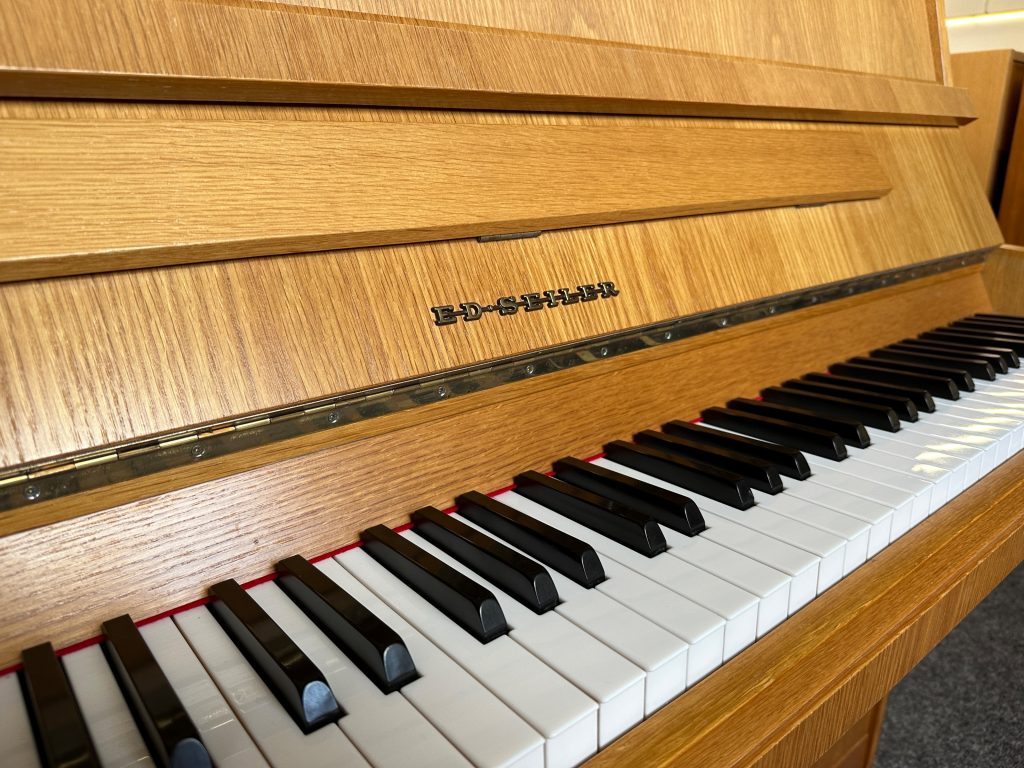
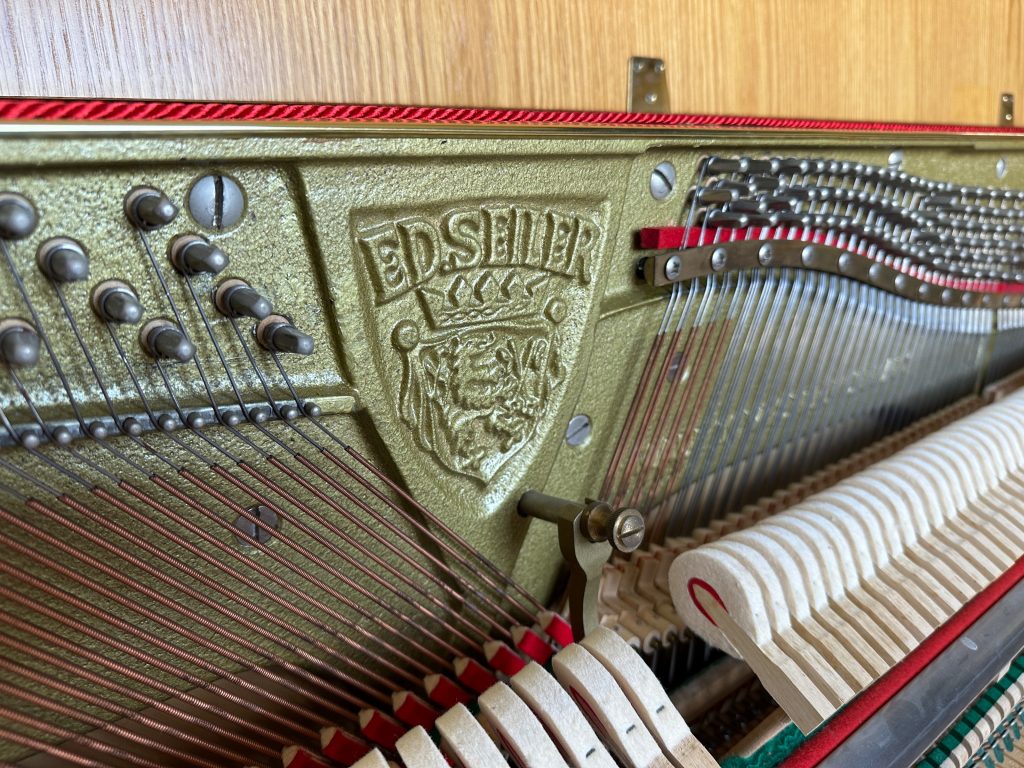

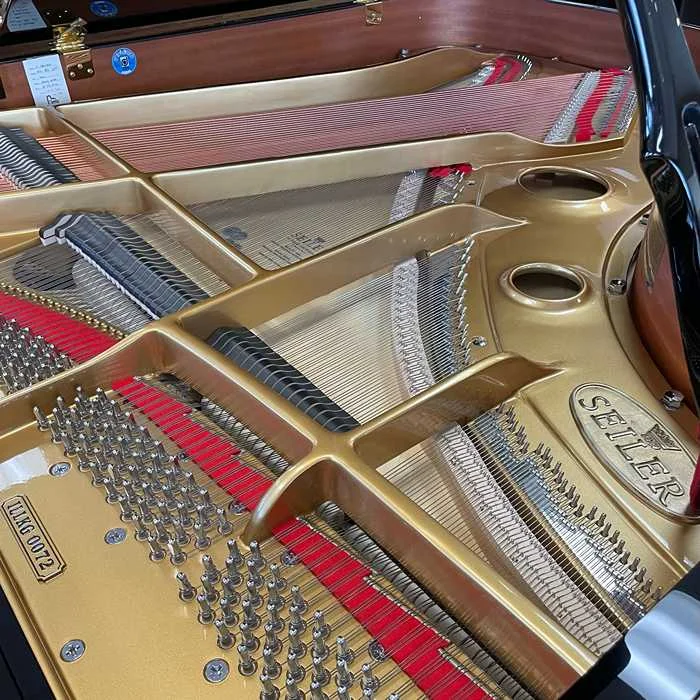
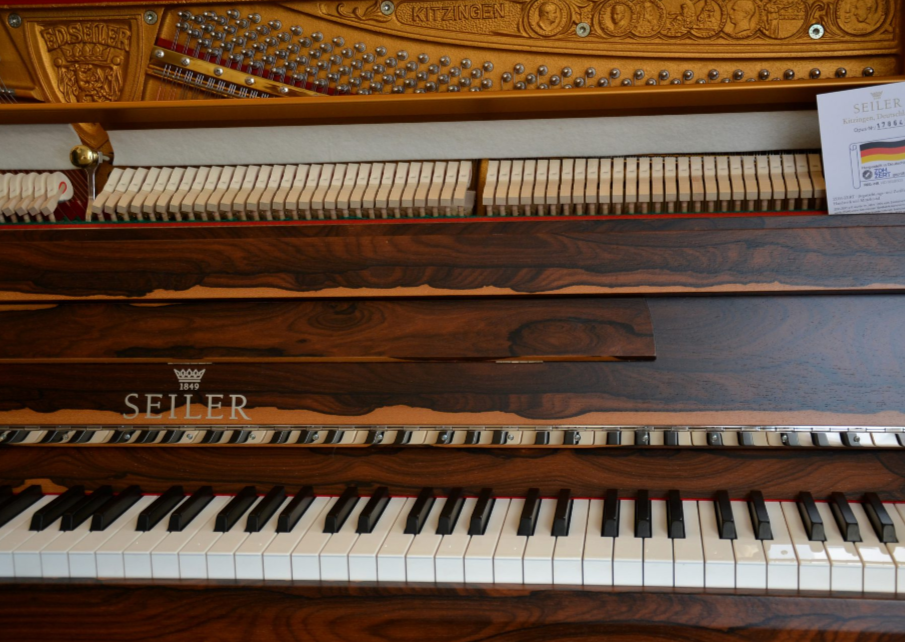
Seiler
Pianos bearing the Seiler mark are, according to the manufacturer’s assurances, 100% made in Germany. Both the individual components, as well as their assembly and final finishing, are made in Germany. These are high quality pianos, the best models of all the brands with the Seiler name in their names.
Eduard Seiler
If the piano bears the name Eduard Seiler, this indicates that it was manufactured at the Samick factory in West Java, Indonesia. This series was introduced in 2011 and is aimed at the mid-range piano market. Eduard Seiler pianos are made from selected materials from international suppliers. Using German machines programmed to punch parts according to the same guidelines by which pianos are made by hand.
Johannes Seiler
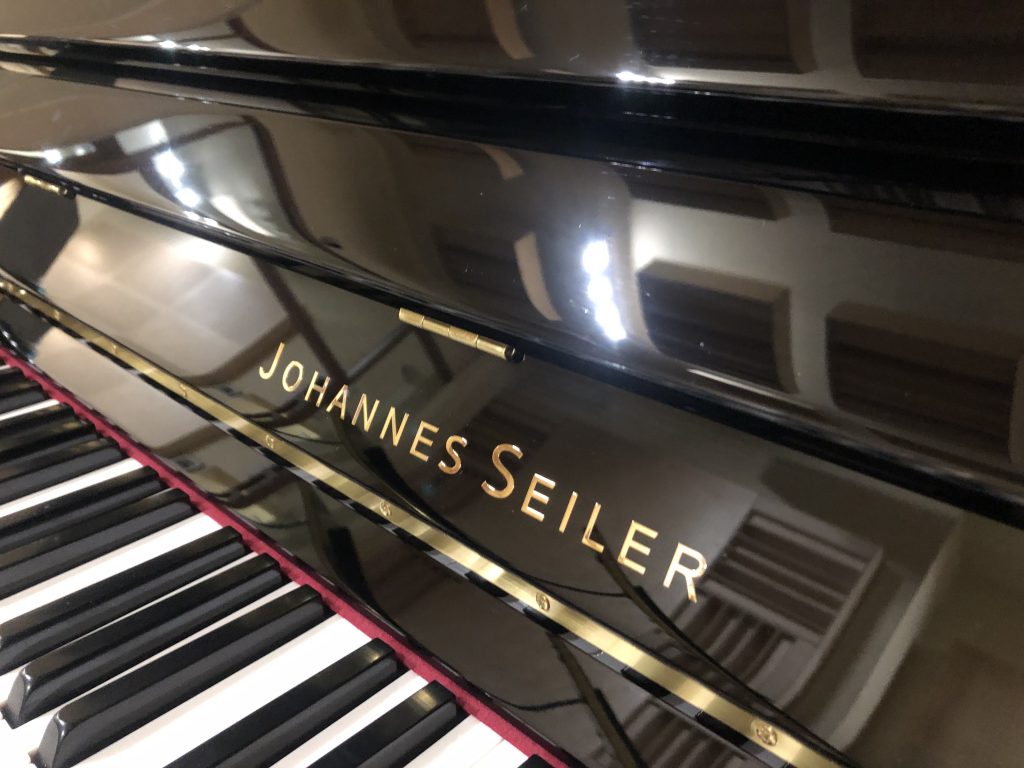
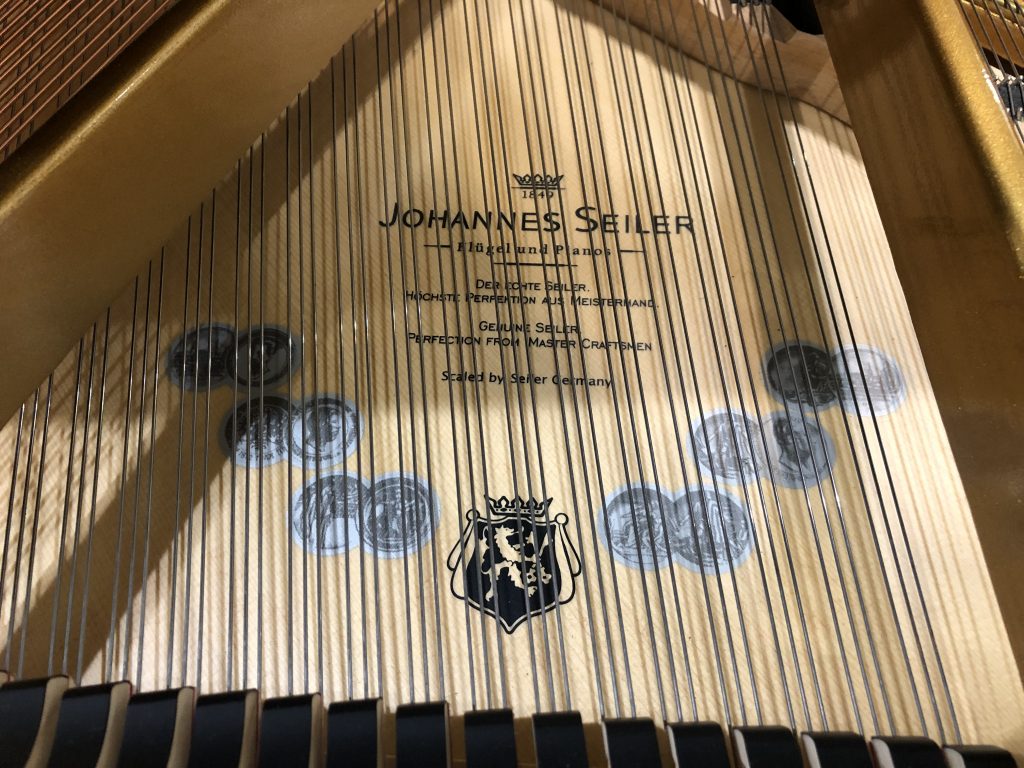
The latest series from the Seiler brand launched in 2013 for beginner pianists. Among other Johannes Seiler series, it stands out for its low prices. It is entirely manufactured in the Samick factory in Indonesia. The shape of the case of each individual model is characteristic only of this series. No model of other brands produced at the Samick factory, duplicates the shape of Johanes Seiler instruments.
The hallmark of Seiler piano
What sets Seiler pianos apart is their characteristic sound profile – a balanced amalgamation of warmth, clarity, and dynamic range. The pianos are known for their responsive action and durability, making them suitable for various musical genres and playing styles. The use of high-quality materials and a commitment to acoustic excellence continue to define Seiler pianos, making them not just musical instruments, but also pieces of artistic craftsmanship.
How to find Seiler piano serial number?
For the answer to this question, be sure to check the serial number of your piano and then locate it within the date range below:
Seiler Pianos’ journey from a small workshop in 19th century Silesia to a globally recognized brand is a testament to the enduring power of quality, innovation, and passion. Each Seiler piano, be it a grand or an upright, carries with it a story of musical heritage, echoing the legacy of Eduard Seiler and his successors. For pianists around the world, playing a Seiler is not just an experience; it’s a journey through history, craftsmanship, and musical excellence.

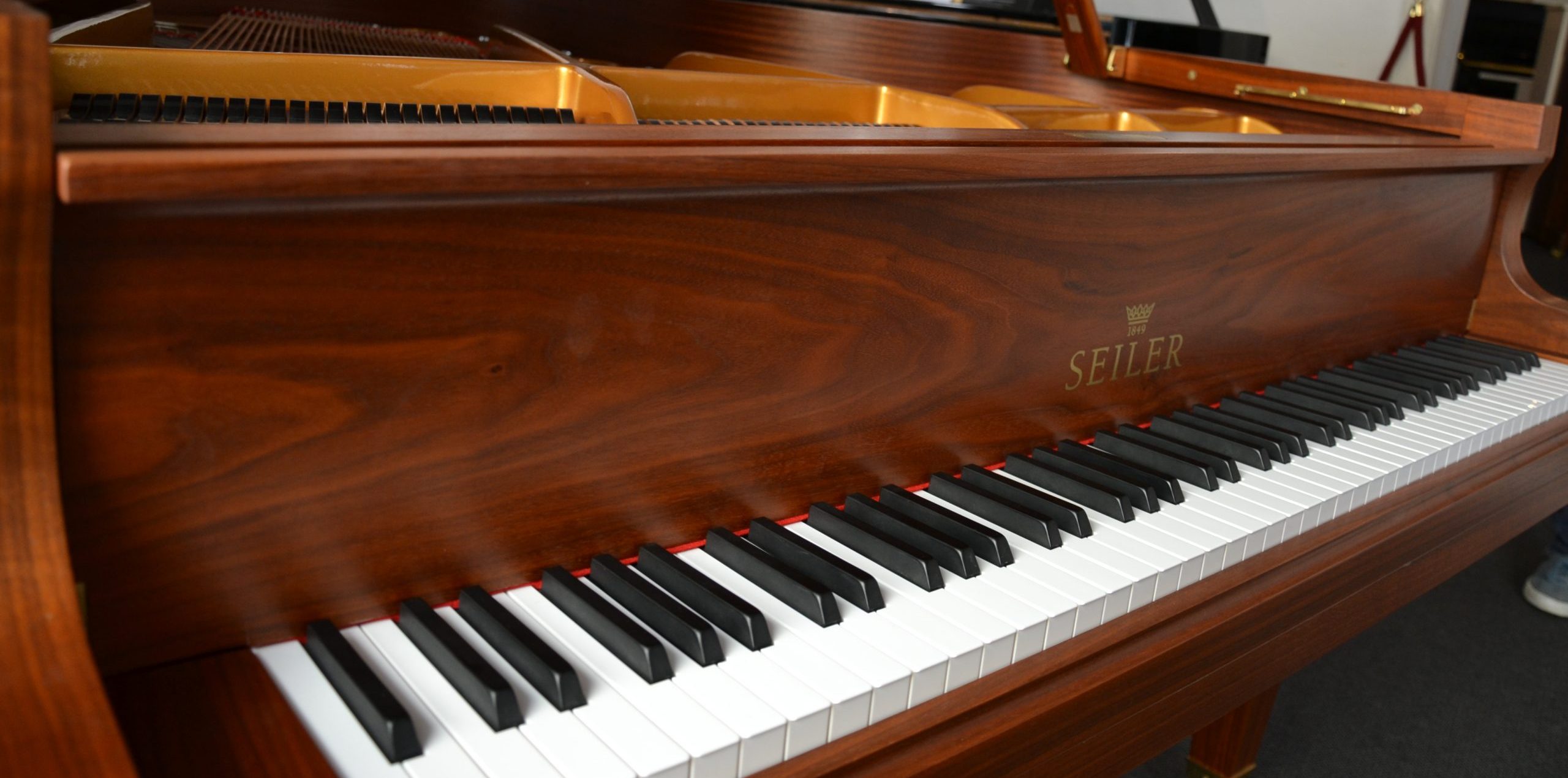
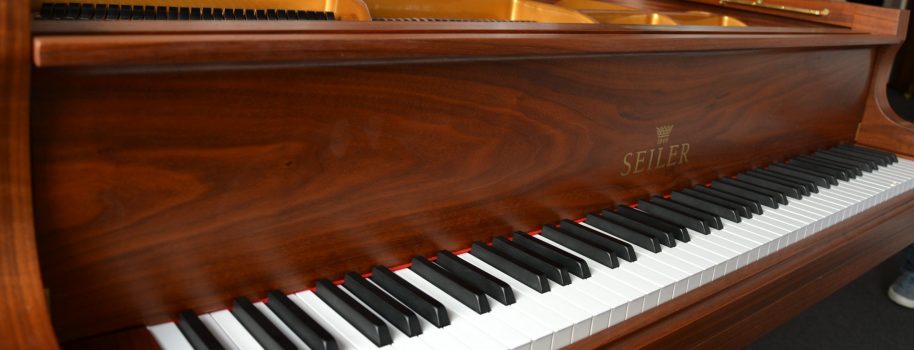
buongiorno, possiedo un pianoforte Ed Seiler con matricola103217 , si può fare una valutaziobe approssimativa del suo attuale valore ?
molte grazie.
Ciao Leonardo, quando si tratta di determinare il valore del tuo pianoforte, offriamo un servizio di valutazione approssimativa del pianoforte online.
where can I find samples of the Ed Seiler 1952 or 50’s era Seiler 5’6″ grands from Copenhagen. Were any in an ornate art case?
Hi Shirley!
Finding audio samples of a 1950s Seiler 5’6″ grand – especially from Copenhagen – can be a bit of a treasure hunt, but definitely worth it! Seiler pianos from that era are known for their warm tone and craftsmanship.
As for ornate art case versions – yes, Seiler did produce some beautifully decorated grands in the mid-20th century, though they are quite rare. You might browse current Seiler grand listings on klaviano.com.